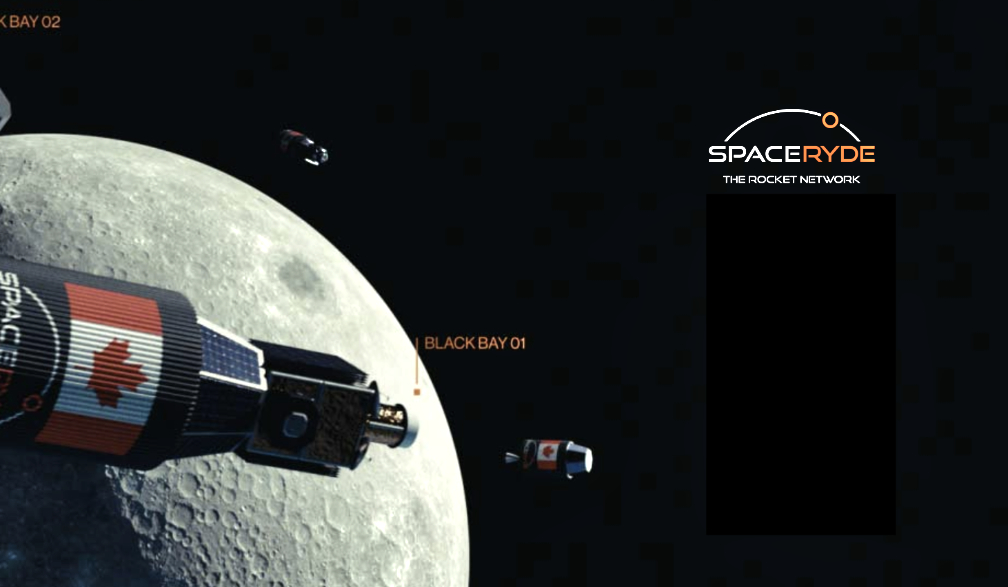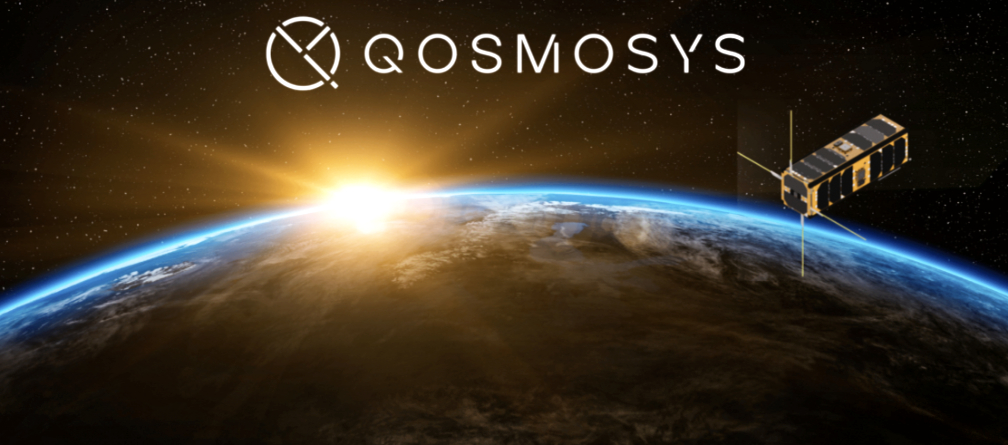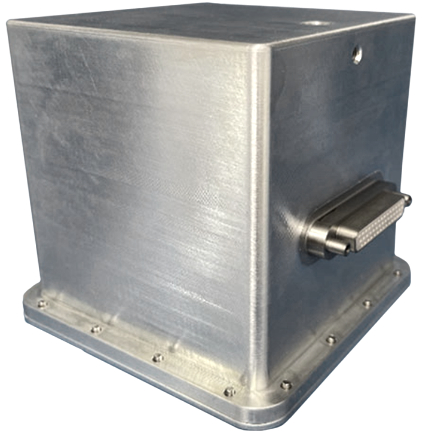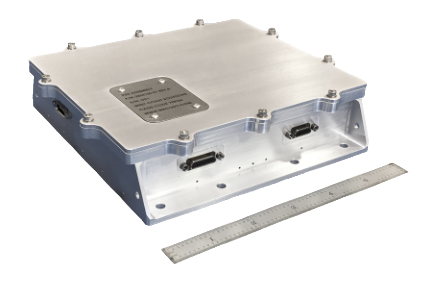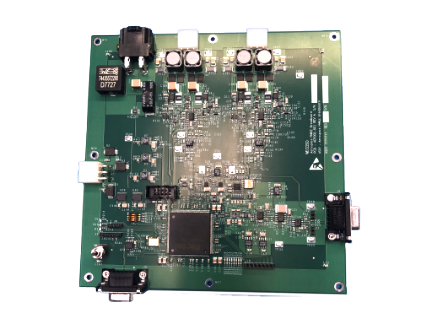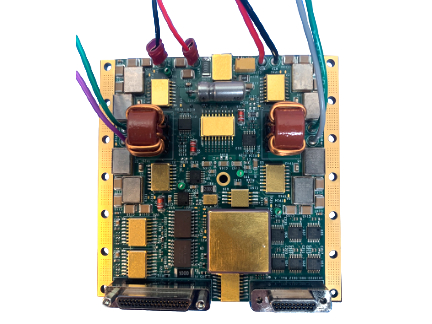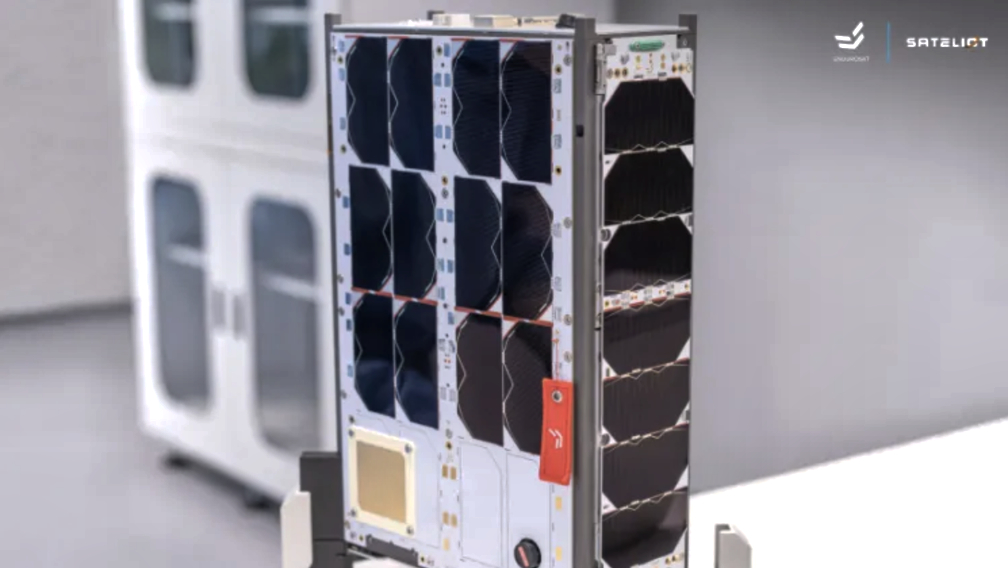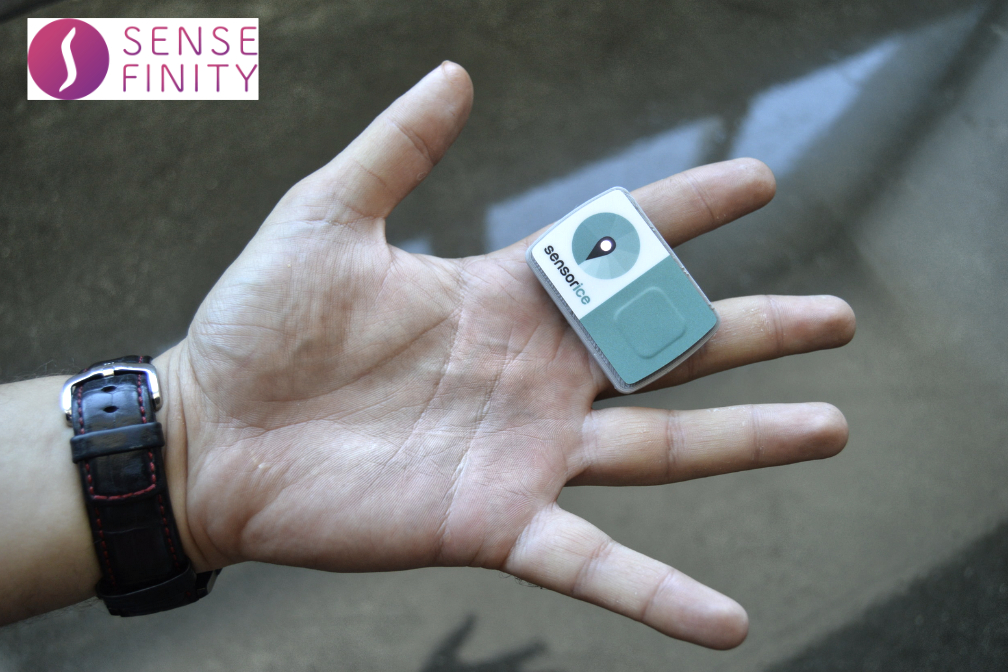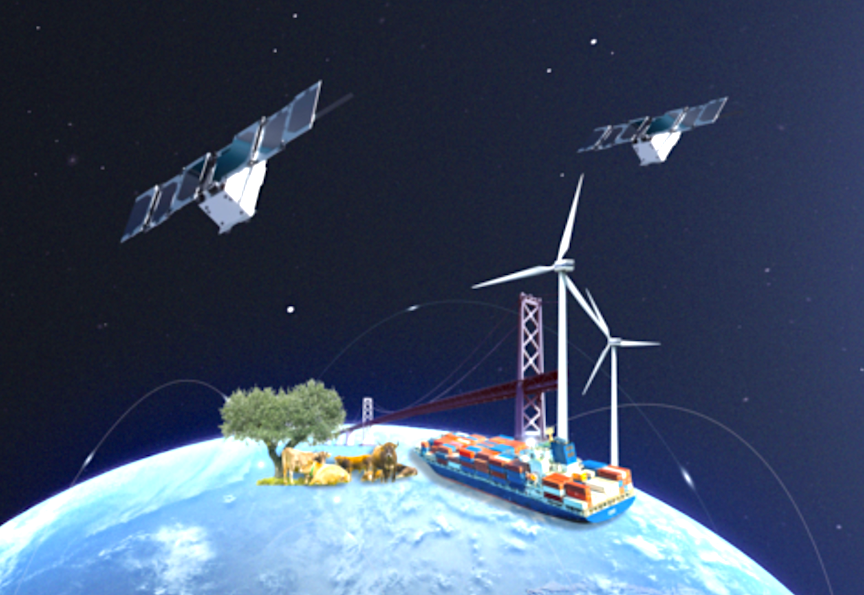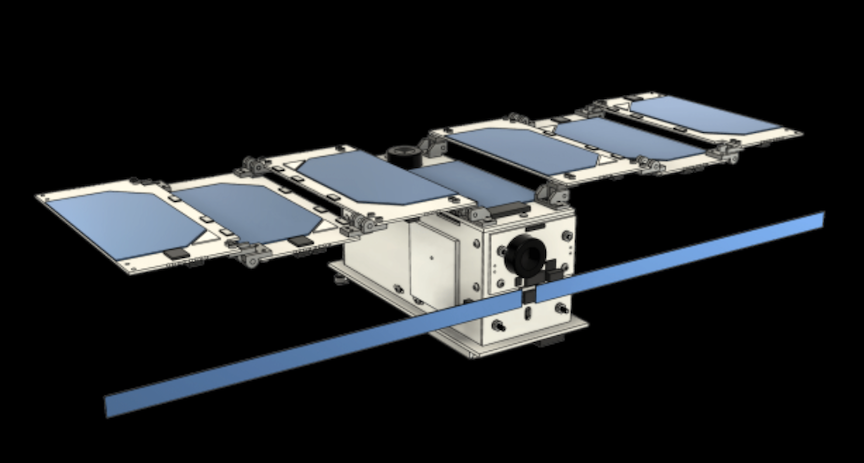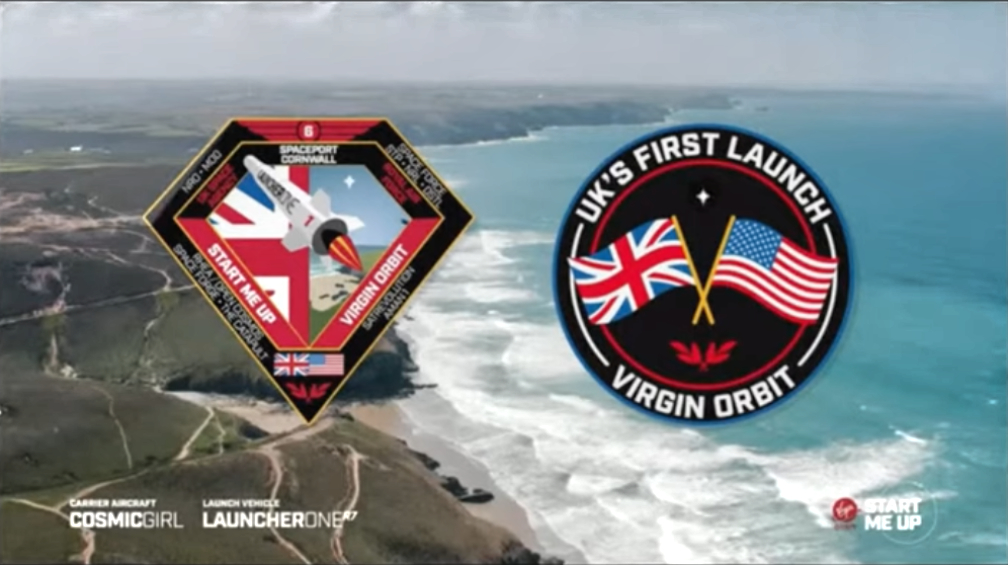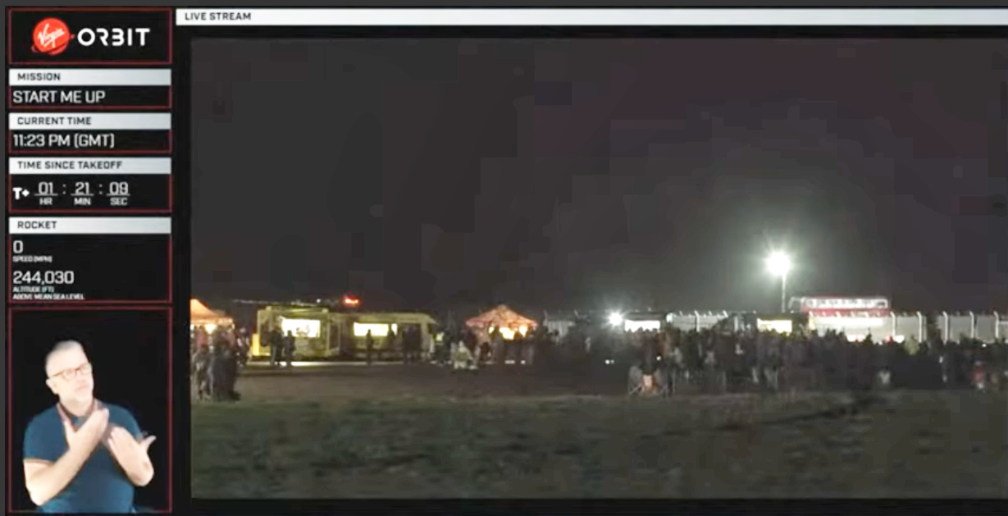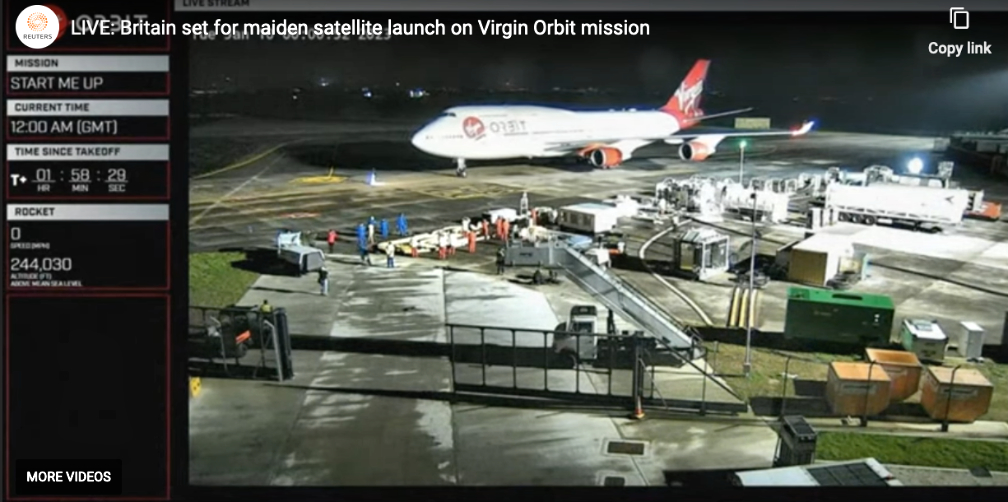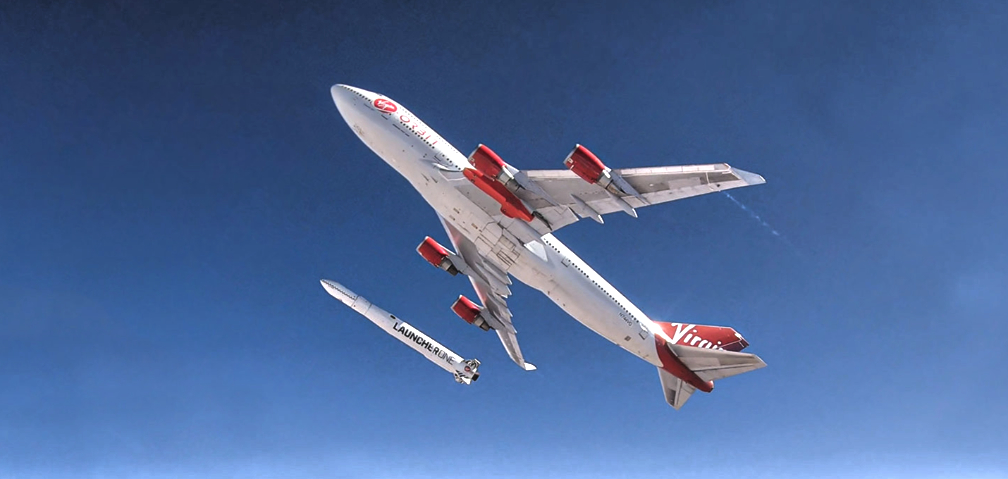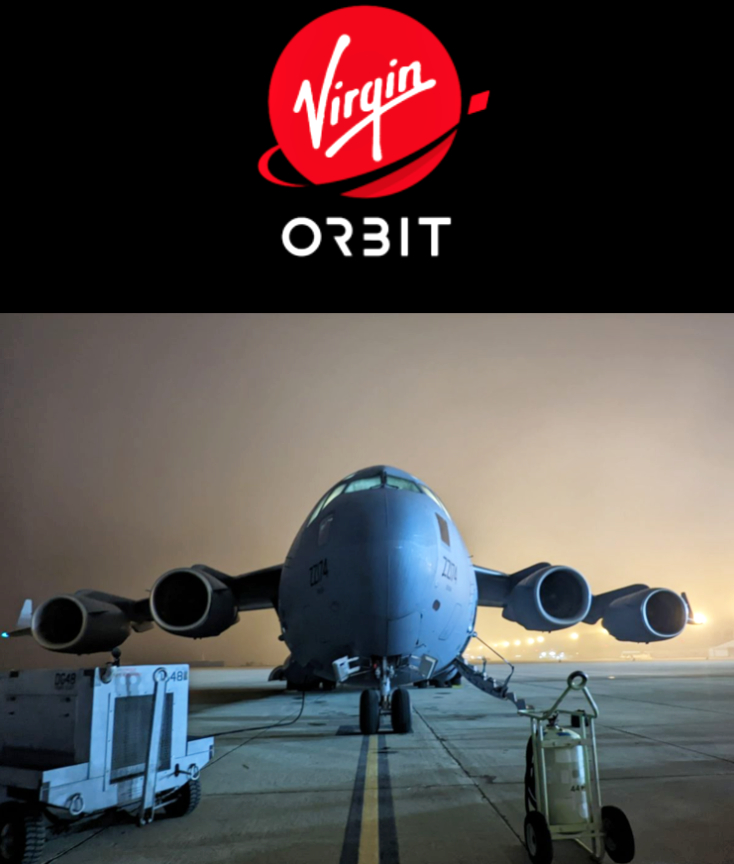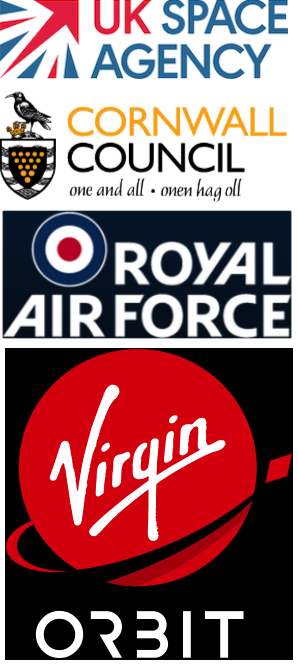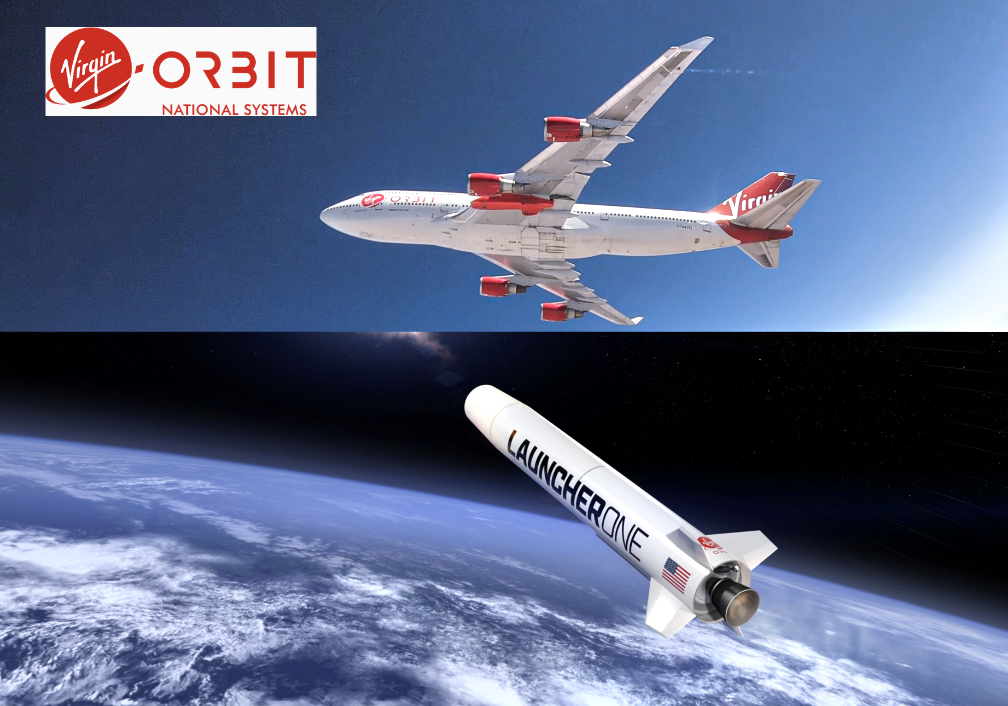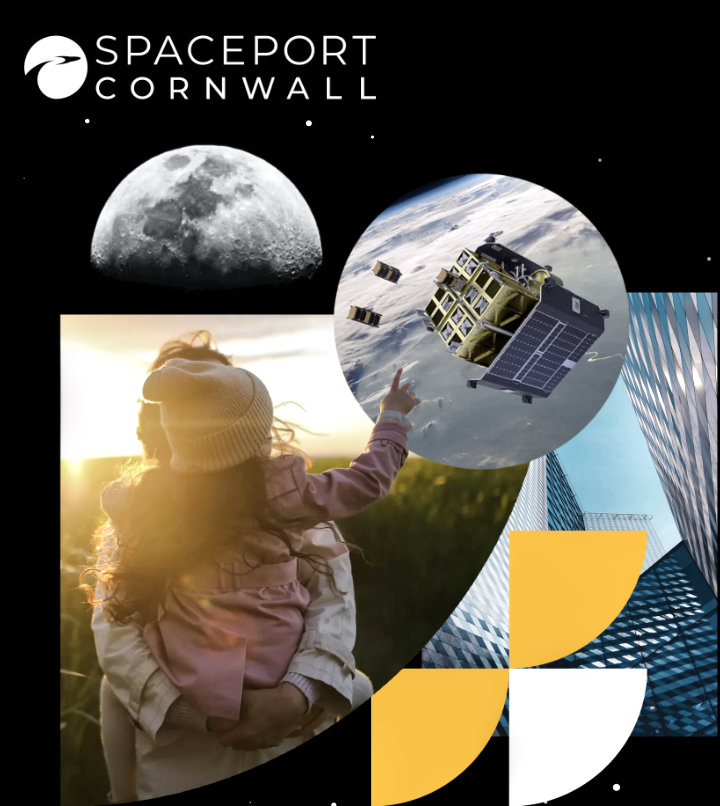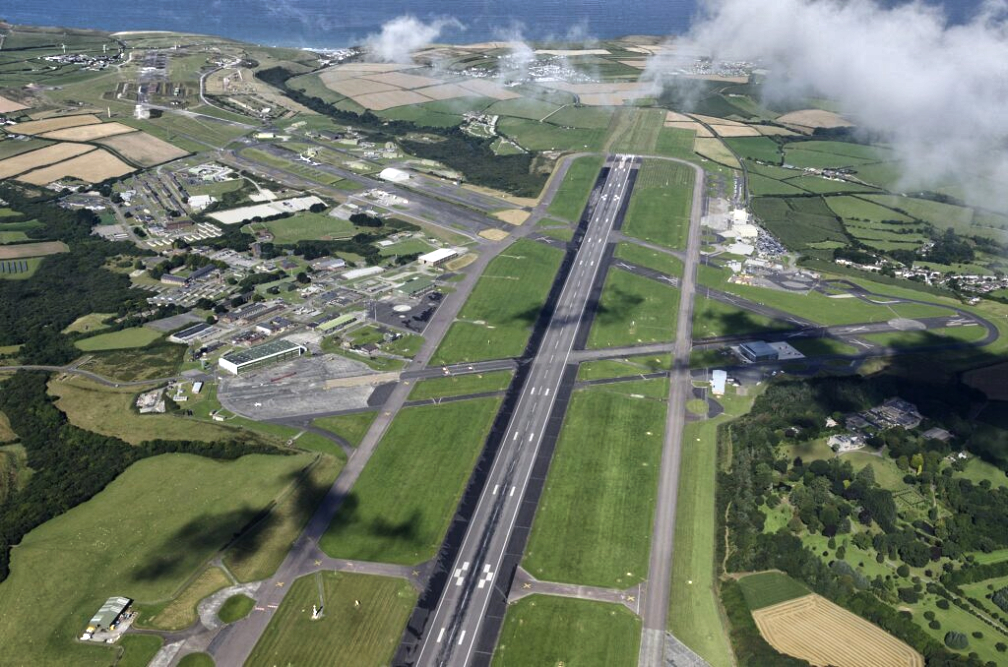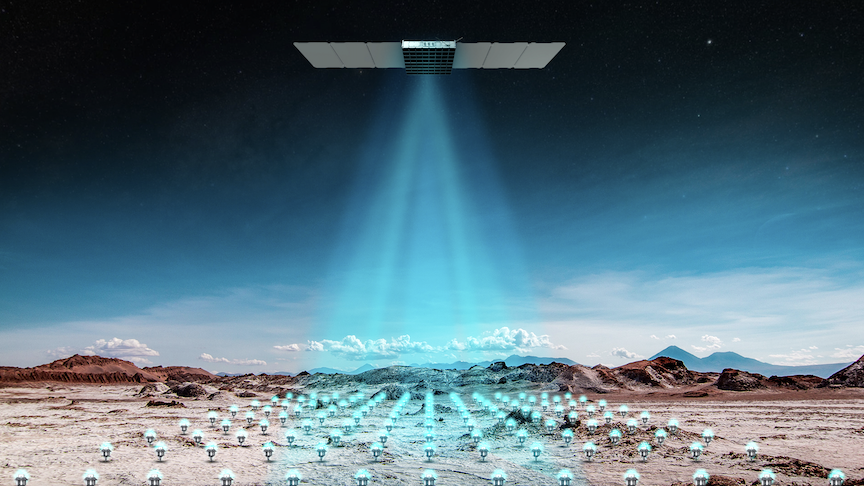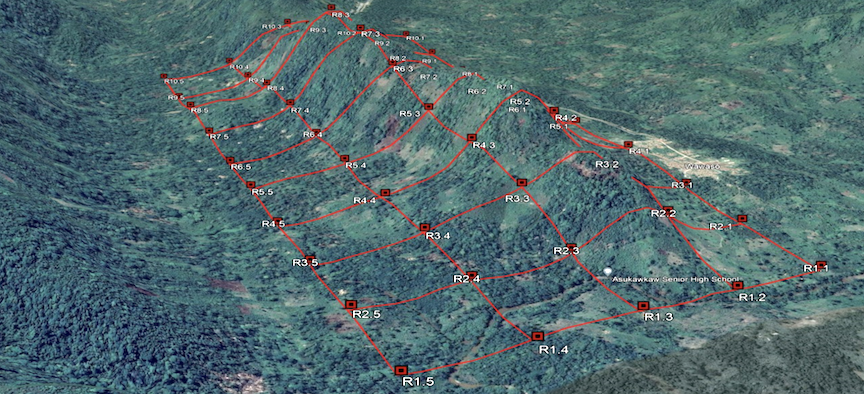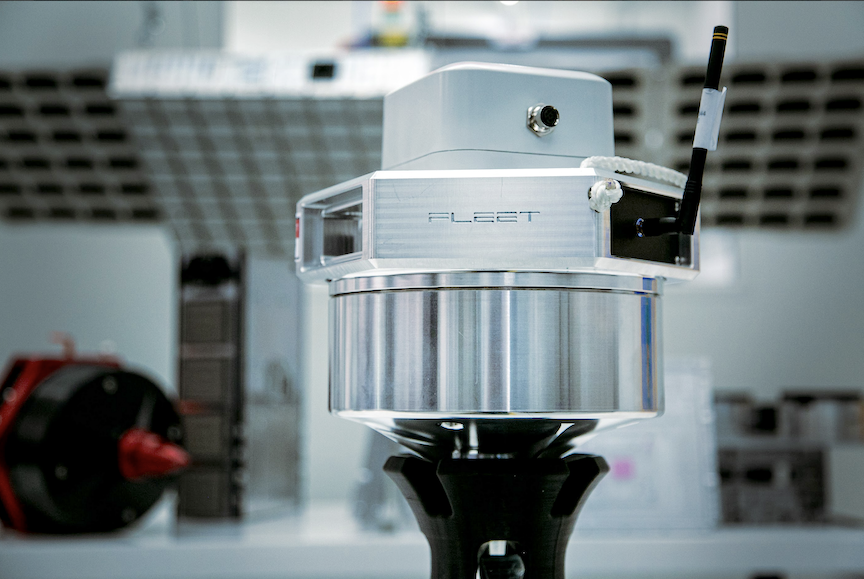
The Mechanical Assembly for Reflectarray Antennas of SmallSats (MARAS) project funded through ESA ARTES 4.0 will enable small telecommunications satellites to take their antenna capabilities to the next level with a multi-panel, Ka-band reflect array antenna developed by DCUBED (Deployables Cubed GmbH), Celestial Space Technologies GmbH, German Orbital Systems GmbH and Blackwave GmbH.
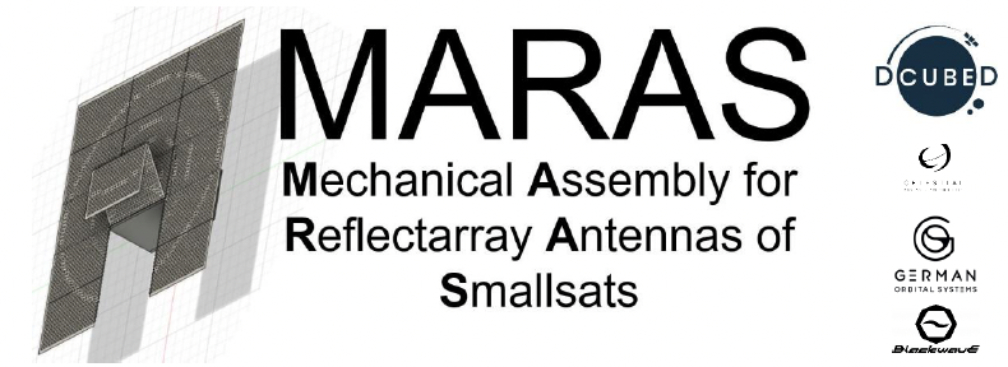
The satellite communications market is growing rapidly and represents an essential part of the global satellite industry. Through the ARTES (Advanced Research in Telecommunications Systems) Program, ESA supports the development of new satellite telecommunication technologies to keep the European industry at the leading edge of the market.

One of the critical parts of this support is to ensure the development of satellite telecommunications products compatible with the trends in satellites. With the ARTES activity Deployable Mechanisms for Multi Flat-Panel Reflectarray Antennas for Small Satellites, ESA has the goal of enabling small telecommunications satellite to carry deployable reflect arrays with large surface areas and so, increasing their antenna gain.
ESA selected DCUBED to carry out this activity with their project MARAS. Within the scope of MARAS, DCUBED is leading the design, manufacturing and testing of the mechanisms to support a multi-panel Ka-band reflect array antenna for a 12U CubeSat. The mechanical assembly consists of panels with high-precision hinges that form a planar structure when deployed, the Hold Down and Release Mechanism (HDRM) that supports the stowed reflectarray during launch, as well as any mechanisms required for its packaging and deployment.
The project covers the initial concept definition, analyses, and breadboarding activities, up to the design and fabrication of a mechanical engineering model that will undergo environmental testing and functional testing in representative conditions. These activities will bring the subsystem from TRL 3 to TRL 6.
The consortium of four companies is combining the expertise of different disciplines necessary to deliver MARAS. Celestial Space Technologies GmbH provides the telecommunications know-how, while Blackwave GmbH is supporting the team with their competence in structures and German Orbital Systems GmbH with their expertise on satellite missions. DcubeD is leading the consortium and bringing in the experience in deployable structures and mechanisms.
“We are very excited that the European Space Agency (ESA) rated our proposal on the Mechanical Assembly for Reflectarray Antennas of SmallSats project (in short MARAS) as the best in Europe. This development of flat panels joined by high precission hinges all folded in a tight volume fits in perfectly in our roadmap of becoming the go-to partner for all kinds of SmallSat mechanisms (release mechanisms and deployables),” said Thomas Sinn, CEO of DCUBED.
DCUBED located in Germering (Bavaria, Germany) will help you think outside the box with COTS release actuators and COTS deployables that are specifically designed for SmallSat applications. DCUBED’s pin puller and release nut actuators are space-proven, readily available, easy to use, and small in size. The DCUBED SmallSat deployables (Space Selfie Stick, 100W 1U solar array and deployable radiator) tackle the needs of new space customers by maximizing performance in space while remaining efficiently packed in a standardized volume for launch.

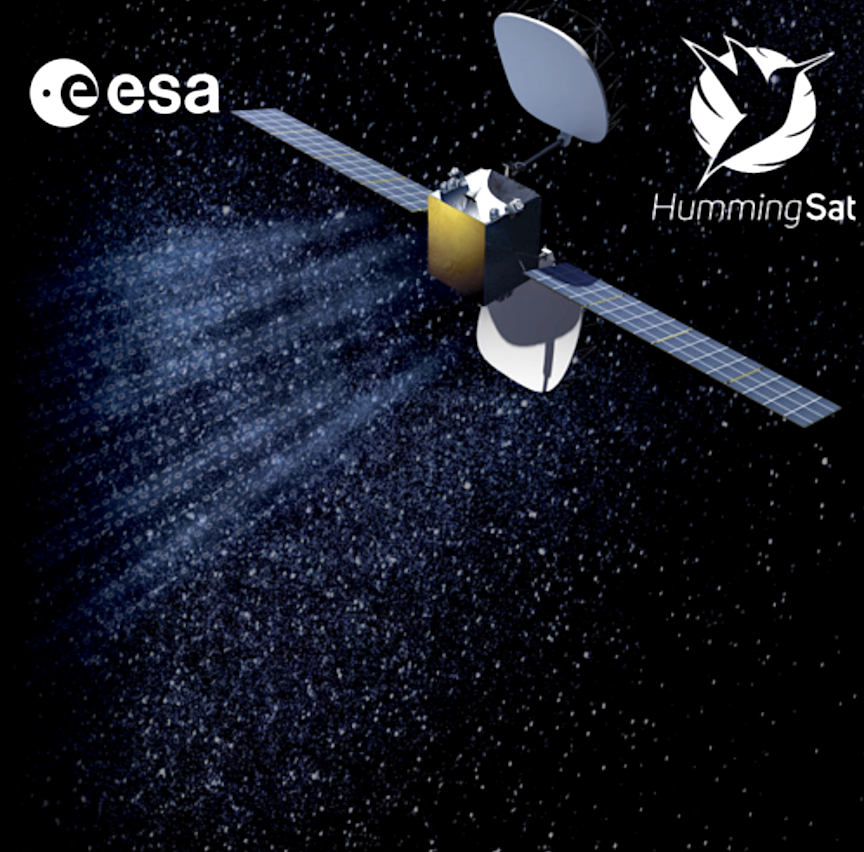
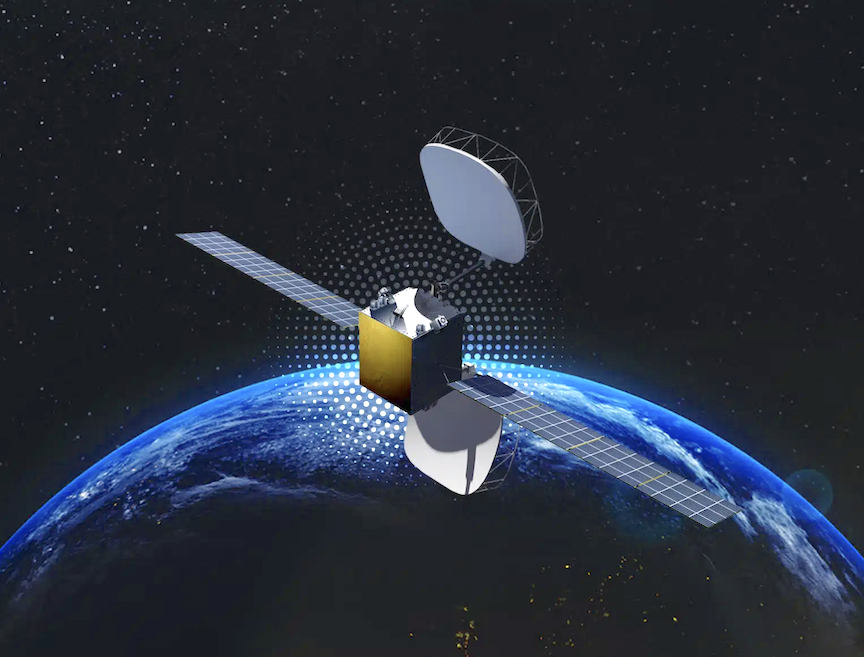

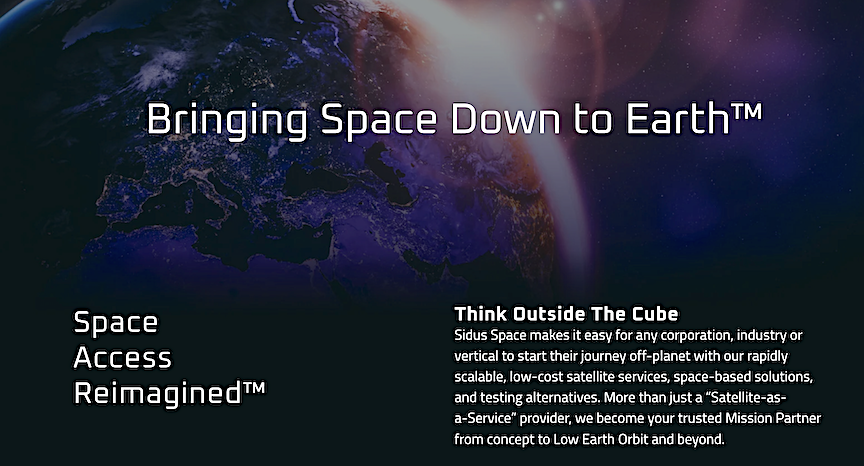
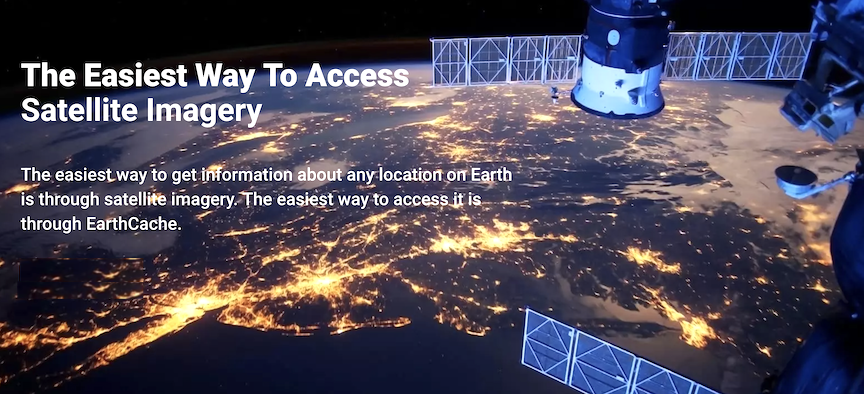
 ”. Sidus forecasts that its revenue mix will include a variety of users and industries and an increase in remote sensing data customers and analytics subscriptions.
”. Sidus forecasts that its revenue mix will include a variety of users and industries and an increase in remote sensing data customers and analytics subscriptions.
